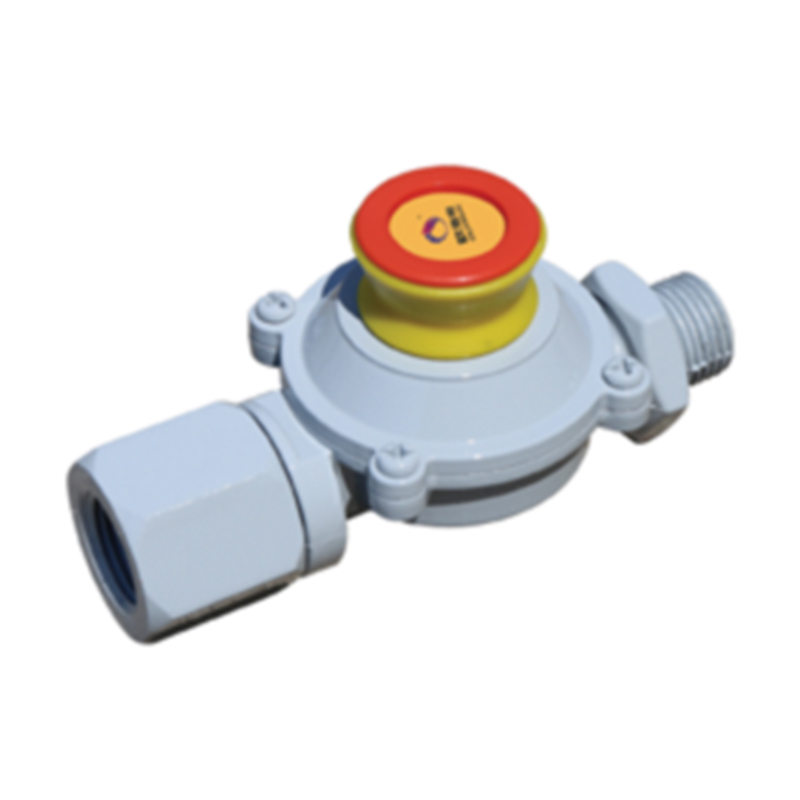
Dec . 18, 2024 20:14
Back to list
صمام تنفيس الأمان
Understanding Safety Relief Valves The Essential Safety Component
In various industrial processes, managing pressure is crucial for safety and efficiency. Among the key components used to control pressure in systems is the safety relief valve (SRV), also known as a pressure relief valve. This valve plays a vital role in preventing potential hazards that can arise from excessive pressure accumulation. In this article, we will explore the importance, functionality, and types of safety relief valves, as well as their applications across various industries.
What is a Safety Relief Valve?
A safety relief valve is a device designed to automatically release excess pressure from a system when it exceeds a predetermined limit. Its primary purpose is to protect equipment and prevent catastrophic failures, such as explosions or equipment damage. This is achieved by allowing the hazardous fluid—be it gas or liquid—to escape safely while maintaining the system's integrity.
How Does It Work?
The operation of a safety relief valve is straightforward yet ingenious. When the system pressure reaches the set point, the valve’s mechanism activates, opening the valve to release pressure. Once the pressure drops below the specified limit, the valve closes automatically, thus restoring normal operating conditions. Many safety relief valves are spring-loaded, utilizing a spring mechanism that determines the opening pressure, though there are also pilot-operated and weight-actuated types.
Importance of Safety Relief Valves
Safety relief valves are critical in numerous applications due to several reasons
1. Preventing Equipment Failure Excess pressure can lead to severe equipment failure, causing costly downtime and repairs. SRVs help mitigate this risk by providing a fail-safe mechanism.
2. Ensuring Personnel Safety In environments where dangerous chemicals or high temperatures are present, an uncontrolled release of pressure can endanger workers. Safety relief valves help to safeguard human life by controlling potential hazards.
.
4. Enhancing System Efficiency By preventing pressure build-up, safety relief valves contribute to the smoother operation of systems, ultimately improving their efficiency.
صمام تنفيس الأمان

Types of Safety Relief Valves
There are several types of safety relief valves, each designed for specific applications
1. Conventional Safety Valves Often used in applications where the discharge can be readily vented to the atmosphere, these valves rely on spring tension to open at a predetermined pressure.
2. Pilot-Operated Safety Valves These valves use a pilot valve to control the main valve. They are typically used in systems where high capacity and accurate pressure control are required.
3. Adjustable Safety Valves These are designed for systems that require customizable pressure settings, allowing operators to adjust the valve for specific conditions.
4. Bursting Discs While not a valve in the traditional sense, bursting discs are often used in conjunction with SRVs. They serve as a protective measure that ruptures at a predetermined pressure to quickly relieve excess pressure.
Applications Across Industries
Safety relief valves are utilized in various industries
- Oil and Gas To manage the pressure in pipelines and processing equipment, preventing blowouts and leaks. - Chemicals In chemical processing plants, SRVs help handle the pressure from hazardous chemicals safely. - Power Generation These valves protect steam boilers and other equipment from overpressure conditions. - Pharmaceuticals In pharmaceutical manufacturing, maintaining precise pressure levels is crucial for product safety and consistency.
Conclusion
Safety relief valves are fundamental safety devices in many industrial applications. Understanding their importance, operation, and types can help organizations prioritize safety and compliance while optimizing their operational efficiency. As industries continue to evolve, so too will the technologies surrounding safety relief valves, ensuring that they meet the future demands of safety and performance. Proper maintenance and regular inspection of these valves are crucial to ensure their functionality and reliability, ultimately protecting the people who work with and around potentially hazardous materials and processes.
Latest news
-
Safety Valve Spring-Loaded Design Overpressure ProtectionNewsJul.25,2025
-
Precision Voltage Regulator AC5 Accuracy Grade PerformanceNewsJul.25,2025
-
Natural Gas Pressure Regulating Skid Industrial Pipeline ApplicationsNewsJul.25,2025
-
Natural Gas Filter Stainless Steel Mesh Element DesignNewsJul.25,2025
-
Gas Pressure Regulator Valve Direct-Acting Spring-Loaded DesignNewsJul.25,2025
-
Decompression Equipment Multi-Stage Heat Exchange System DesignNewsJul.25,2025

